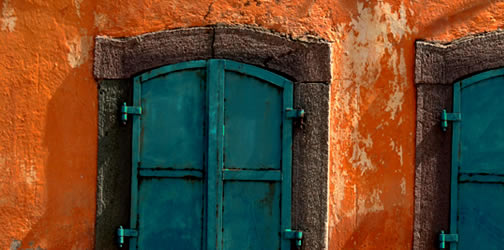Greece 2009 Humanitourism™ Adventure 24 June 2009
24 June 2009
Went to Zakynthos to investigate the possibility of a sea turtle conservation trip for 2010. Parts of the island are heavily touristed, as with all of the Greek islands, but there are parts that are less so. One of these areas is Gerakes, a seaside village which is home to one of the most important nesting areas for the Mediterranean Loggerhead Sea Turtle.
I spent a couple of days meeting with the local organization that is at the forefront of the conservation movement for these sea turtles and drafted a plan for an exciting Humanitourism™ Adventure to help in the conservation effort and also experience the best of what the island has to offer.
The beaches on Zakynthos are crucial for the continued reproduction of the Mediterranean Loggerheads. Unfortunately, these beaches have been heavily impacted by tourist and the tourism industry, resulting in the Mediterranean Loggerhead entering the list of endangered species. Just the presence of human interference on these beaches is enough to create distress for these turtles and these beaches are heavily developed and highly trafficked by people.
The lights of the developed areas, the noise and, of course, the trash, have taken a heavy toll on sea turtle reproduction. Development on these beaches went unchecked for many years, and even though laws have been passed and fines levied, the developers and merchants have not cooperated. Several of the hotels and developments were determined to have encroached protected beach area and were slated for demolition, but due to rampant corruption, they have remained in place.
Our work will involve helping to build a rescue center on the island, provide education on conservation of the sea turtles and do a beach cleanup to restore one of the beaches for nesting. We will also explore the island and surrounding areas, climbing Mt. Skopos, sea kayaking along the coast and actively participating in a sailing adventure around the Ionian Sea.
